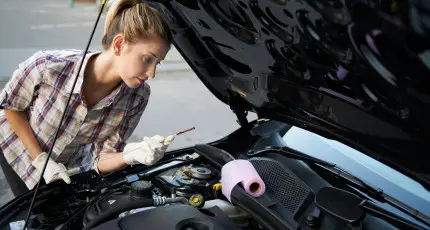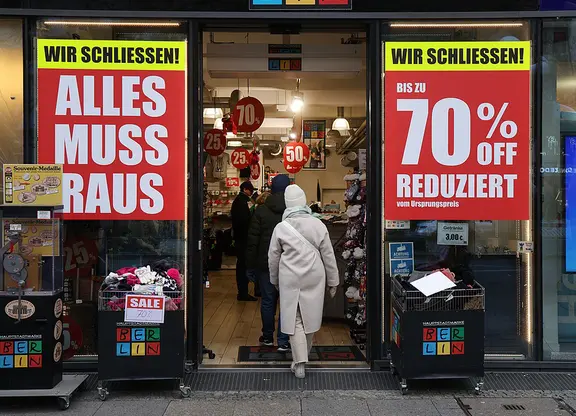Hello and welcome back to our regular morning look at private companies, public markets and the gray space in between.
Yesterday afternoon,
Vroom
, an online car buying service, filed to go public
. Based on its SEC filing, Vroom is a highly-successful private company in fundraising terms that has attracted over $700 million
during its life as a startup. T. Rowe Price, AutoNation, Durable Capital Partners, General Catalyst and other investors fueled the firm during its youth according to Crunchbase data.
Vroom
most recently raised $254 million in December 2019
, a Series H round that valued the company
at around $1.5 billion. From its mid-2013 Series A to today, Vroom has tried to accelerate from the startup world to the grown-up domain of the public markets. How did it do?
Finding out is our goal this morning. We’re also curious why the firm would pursue an IPO today; public offerings tend to shun volatile, uncertain periods. So let’s dig into the numbers and do a bit of a unicorn check-up.
What does a private, car-focused e-commerce company worth $1.5 billion look like under the hood?
Un-profits
TechCrunch
dug into Vroom’s market last year
, writing that the company “looks a lot like Carvana and Shift,” and noting that in 2018 the company had “laid off 25-50% of its staff as it exited several markets.” Vroom
was therefore a bit early to the waves of unicorn layoffs
that we’ve seen in 2020.
I raise the layoffs as they imply that the company might be in reasonable financial shape; what did the cuts buy the company in terms of profitability?
 简体中文
简体中文



















